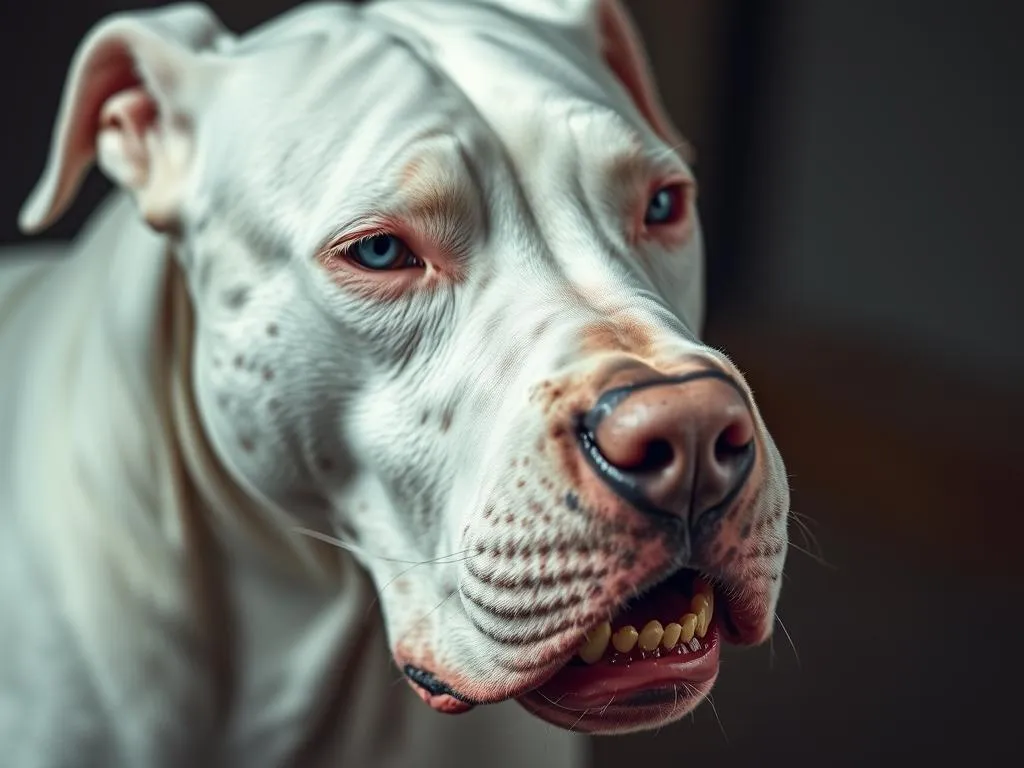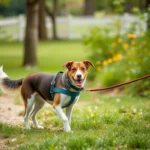
The Dogo Argentino is a powerful breed known for its strength, loyalty, and versatility. Originally developed in Argentina for big-game hunting, this breed combines physical prowess with a protective nature. While they often make excellent family dogs, understanding their characteristics, including their bite force, is crucial for responsible ownership.
Understanding Dog Breeds and Bite Force
What is Bite Force?
Bite force refers to the amount of pressure a dog can exert with its jaws when biting. It is measured in pounds per square inch (psi), providing a standardized way to compare the strength of different breeds. A higher psi indicates a more powerful bite, which can have implications for training, socialization, and overall management of the dog.
Factors Affecting Bite Force
Several factors contribute to a dog’s bite force, including:
-
Size and jaw structure: Larger dogs typically have more powerful jaws. The Dogo Argentino, being a sizable breed, is equipped with a robust jaw structure that enhances its bite force.
-
Muscle development and strength: Well-developed muscles around the jaw and neck contribute significantly to bite force. The Dogo Argentino’s muscular build plays a vital role here.
-
Breed-specific traits: Certain breeds, including the Dogo Argentino, have been selectively bred for specific purposes, such as hunting or guarding, impacting their bite strength.
The Dogo Argentino: An Overview
History and Origin
The Dogo Argentino was developed in the early 20th century by Dr. Antonio Nores Martínez, who aimed to create a breed that could hunt large game, including wild boar and puma. The breed is a mix of various breeds, including the now-extinct Cordoba Fighting Dog, and was designed for strength, agility, and a fearless temperament. Over time, they have also become cherished family companions due to their loyalty and protective nature.
Physical Characteristics
Dogo Argentinos are strong and athletic dogs, typically standing between 24 to 28 inches tall and weighing between 80 to 100 pounds. Their muscular build is complemented by a short, smooth coat that is predominantly white, often with black or brindle patches. This striking appearance, combined with their powerful stance, makes them easily recognizable.
Temperament
The temperament of a Dogo Argentino is characterized by loyalty and confidence. They are known for being protective of their families but can be reserved with strangers. Early socialization is crucial to ensure they are well-adjusted and can interact positively with other pets and people. Dogo Argentinos are generally good with children, making them suitable family pets when properly trained and socialized.
Dogo Argentino Bite Force
Measured Bite Force of the Dogo Argentino
The bite force of the Dogo Argentino is impressive, measuring approximately 500 psi. This places them among the stronger breeds in terms of bite strength, comparable to breeds like the Rottweiler and the American Bulldog. Understanding this level of bite force is essential for potential owners, as it indicates the need for responsible training and handling.
Implications of Bite Force
A high bite force can have several implications for dog owners:
-
Training requirements: Dogo Argentinos require consistent and firm training due to their strength and potential for stubbornness. Owners must be prepared to invest time in obedience training.
-
Potential risks: With a strong bite comes the responsibility to ensure that the dog is well-socialized and trained to prevent aggressive tendencies. Owners must be vigilant in managing interactions with other animals and strangers.
Training and Socialization
Importance of Training
Training is paramount for the Dogo Argentino, given their strength and intelligence. Basic obedience training should start early, focusing on commands such as sit, stay, and come. Positive reinforcement techniques work best, as they respond well to praise and rewards.
For those looking to take their training further, advanced training can include agility exercises, scent work, or protection training. Engaging their minds and bodies helps channel their energy productively.
Socialization Techniques
Socialization is key to raising a well-adjusted Dogo Argentino. Early exposure to different environments, people, and animals is essential to prevent fear-based aggression. Recommended activities include:
-
Puppy classes: These provide structured socialization opportunities and foundational training.
-
Playdates with other dogs: Controlled interactions with well-mannered dogs can help develop social skills.
-
Exposure to various stimuli: Taking your Dogo Argentino on walks in different settings can help them become accustomed to various sights and sounds.
Responsible Ownership of a Dogo Argentino
Understanding the Breed’s Needs
Owning a Dogo Argentino comes with specific responsibilities, particularly concerning their exercise and nutritional needs.
-
Exercise requirements: Dogo Argentinos are active dogs that require daily exercise to maintain their health and happiness. Long walks, play sessions, and mental stimulation through training help meet their activity level.
-
Nutritional needs: A high-quality diet is essential for their muscular build. Owners should consult with veterinarians to determine the best diet tailored to their age, weight, and activity level.
Legal and Social Considerations
Potential owners must also be aware of breed-specific legislation and regulations in their areas. Some regions may have restrictions on owning breeds like the Dogo Argentino due to their size and strength. Understanding these laws is crucial to ensure compliance and responsible ownership.
Moreover, community perception plays a significant role in owning a breed with a strong reputation. Educating others about the breed’s temperament and responsible ownership can help mitigate any negative stigma associated with their strength and appearance.
Conclusion
The Dogo Argentino is a remarkable breed characterized by its strength, loyalty, and protective nature. With a measured bite force of approximately 500 psi, understanding this aspect of the breed is essential for potential owners. Responsible ownership involves a commitment to training, socialization, and meeting the breed’s physical and emotional needs.
Before adopting a Dogo Argentino, it is vital to conduct thorough research and consider the implications of their strength and temperament. With the right training and socialization, Dogo Argentinos can thrive as loving family companions, showcasing the best of their breed.
In conclusion, if you are considering bringing a Dogo Argentino into your home, ensure you are well-prepared for the responsibilities that come with their impressive bite force and unique characteristics.









